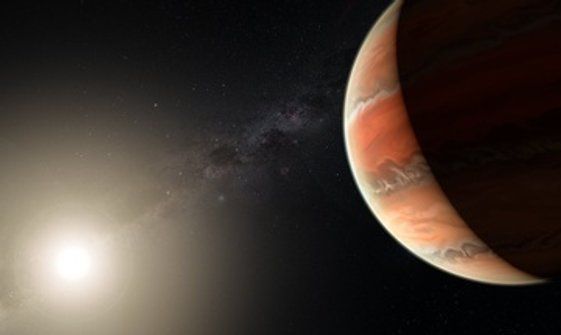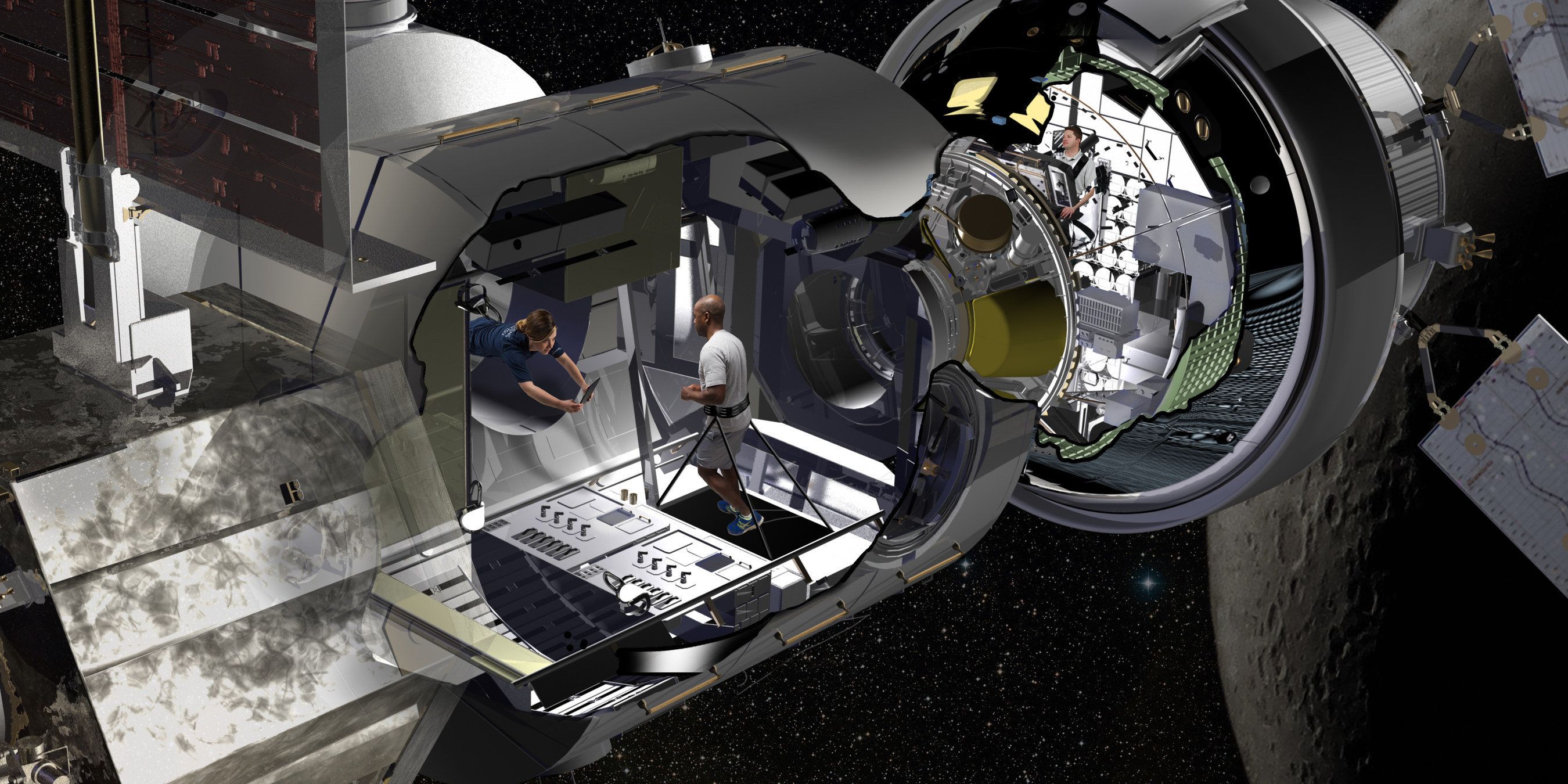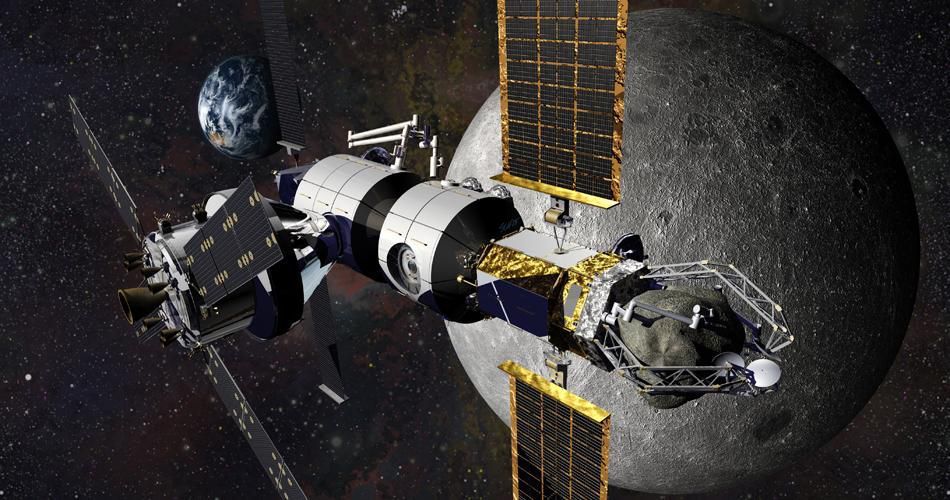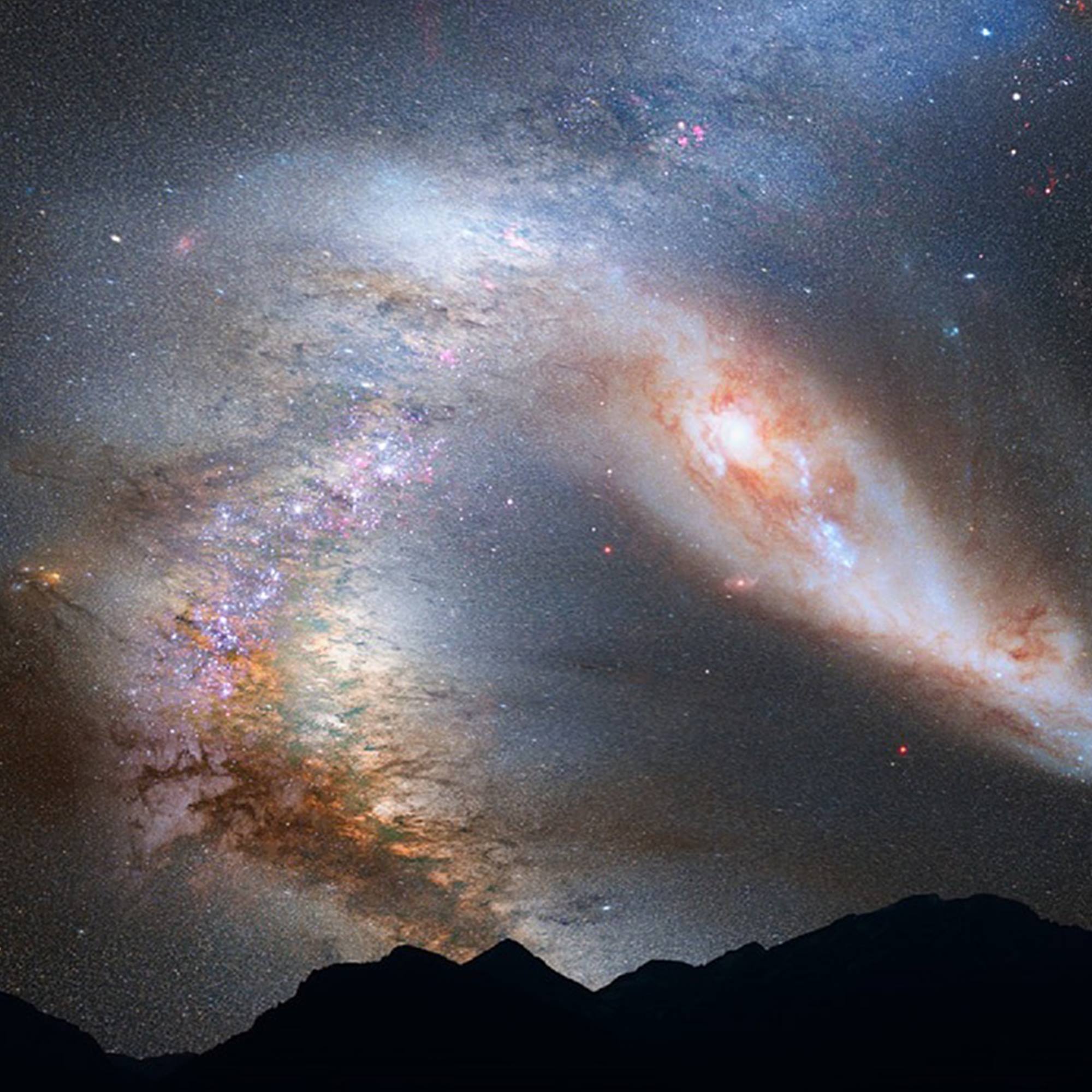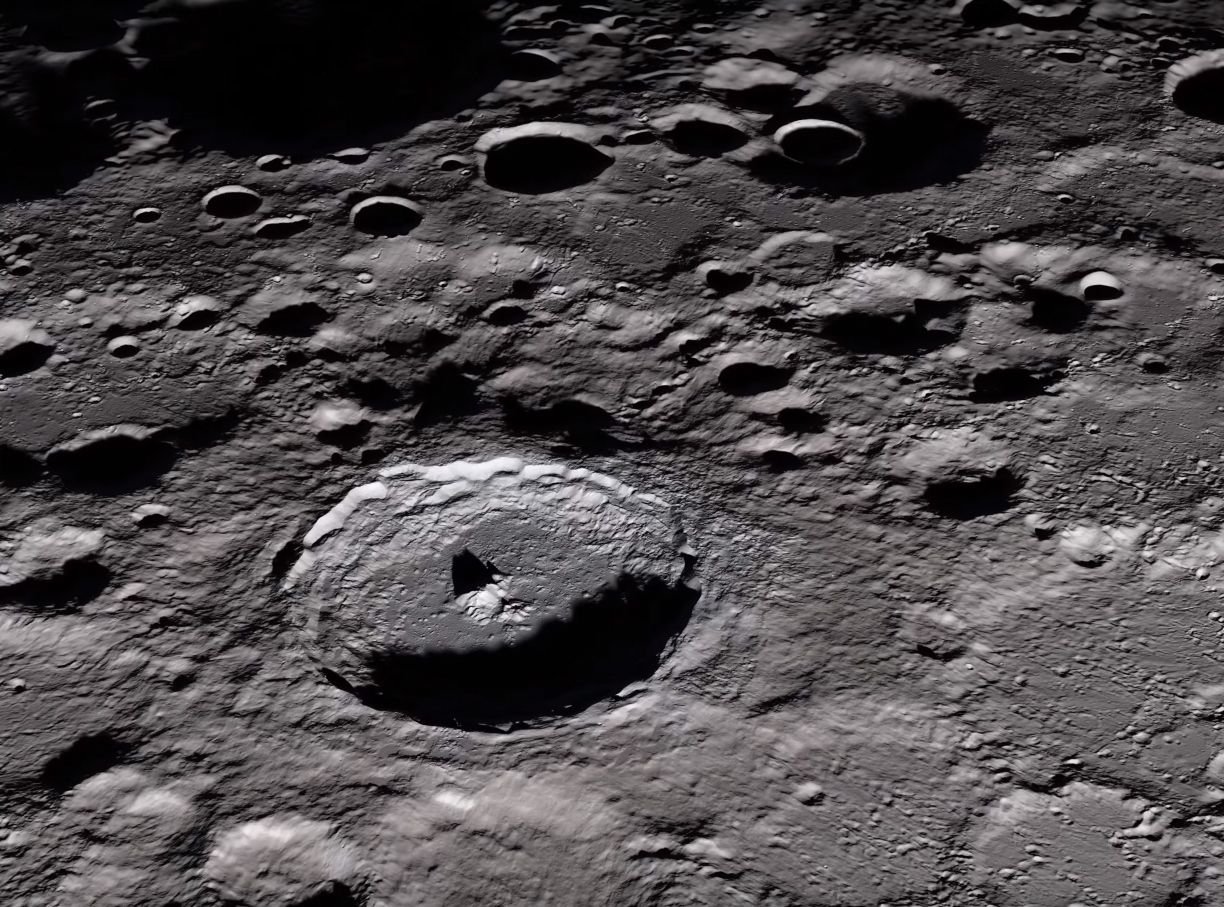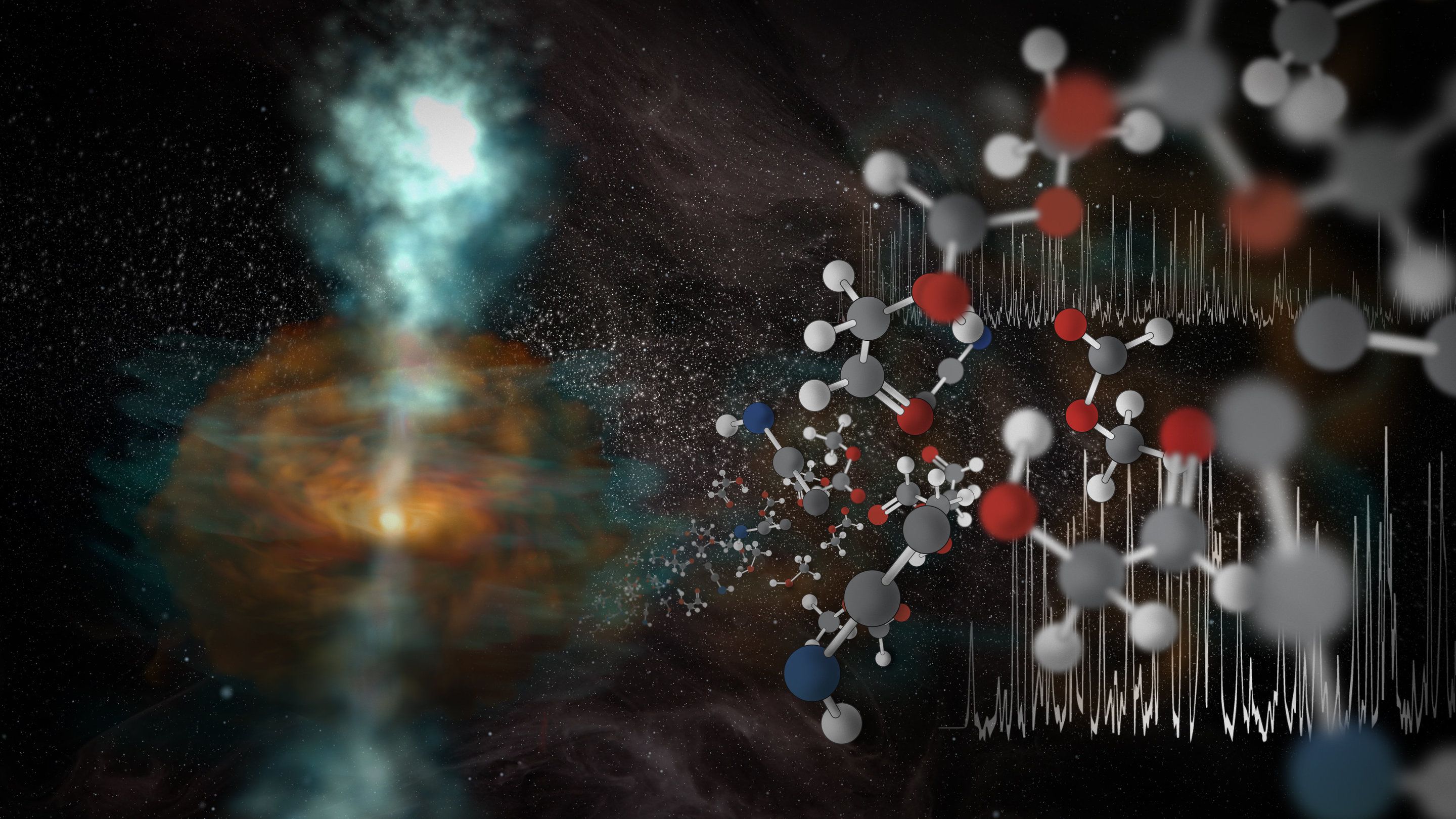
The ALMA telescope in Chile has transformed how we see the universe, showing us otherwise invisible parts of the cosmos. This array of incredibly precise antennas studies a comparatively high-frequency sliver of radio light: waves that range from a few tenths of a millimeter to several millimeters in length. Recently, scientists pushed ALMA to its limits, harnessing the array’s highest-frequency (shortest wavelength) capabilities, which peer into a part of the electromagnetic spectrum that straddles the line between infrared light and radio waves.
“High-frequency radio observations like these are normally not possible from the ground,” said Brett McGuire, a chemist at the National Radio Astronomy Observatory in Charlottesville, Virginia, and lead author on a paper appearing in the Astrophysical Journal Letters. “They require the extreme precision and sensitivity of ALMA, along with some of the driest and most stable atmospheric conditions that can be found on Earth.”
Under ideal atmospheric conditions, which occurred on the evening of 5 April 2018, astronomers trained ALMA’s highest-frequency, submillimeter vision on a curious region of the Cat’s Paw Nebula (also known as NGC 6334I), a star-forming complex located about 4,300 light-years from Earth in the direction of the southern constellation Scorpius.
Continue reading “First science with ALMA’s highest-frequency capabilities” »
